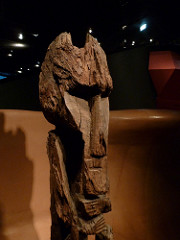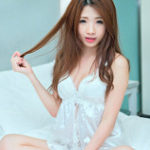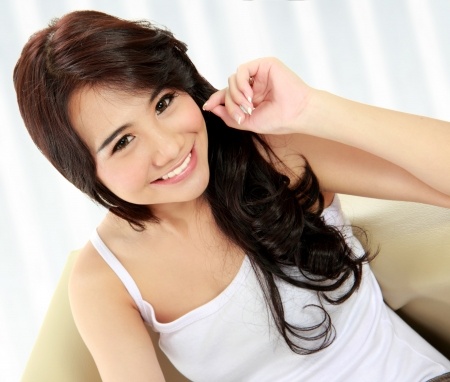Collecting Asian Art: Jade
Collecting Asian Art: Jade
The post explains you the details about collecting Jade as artwork materials & how you can decide the worth of a certain Jade object. The write-up has been written by a passionate artwork collector himself, Isadore Chait who is now the owner of an Asian Artwork Gallery in California.
Jade is a single of the most-loved collectibles. Its origins are ancient, its properties each medicinal and decorative. Though revered all around the globe, jade is most frequently linked with China, where it has been acknowledged for 8,000 many years. The early Chinese called it yu and saw it as a “residing stone,” radiating with an inner glow.
Frequently ground, mixed with wine and fed to the emperors, jade was believed to improve imperial longevity. Symbolically, a court gentleman, on reaching 80, was permitted to carry a jade pigeon on a pole. Concubines acquired jade scepters from their emperors. Mandarin hats had carved modest finials on their tops and a jade plume holder in the back. Chinese females decorated their hair with jade. Han dynasty princes and princesses were sometimes buried in fits of jade, a notable feat achieved by stitching collectively bits of jade with threads of silver or gold.
All around the flip of the 20th century, we begin to see huge, fancy and colorful carvings created for Western consumption. Table-prime and decorative things made among 1880 and 1900 were frequently embellished with silver or gold, even enamel. In the 2nd half of the 20th century, standard styles started to give way to an elaborate new normal.
There are two sorts of jade: difficult and soft. Ancient jade and tough jade are typically referred to as jadeite. Although located in a range of colours, the most valuable is green. The most valuable green is a near emerald green known as Imperial Jade or gem-jade. Other colors, such as yellow jade, have their spot in the pantheon of Chinese carvings too. Soft jade is known as nephrite. Its coloration ranges from slightly off-white to yellowish white or greenish white. The latter is usually referred to as celadon jade.
When you see the word jade modified by an adjective―such as serpentine jade, mountain jade, new jade―watch out. These names are often offered to pseudo jades. The good quality of your collection depends on realizing how to differentiate the true jades from the imposters. (You will locate an complete chapter on fake jades in my guide, Collecting Asian Art.)
Considering that jade is an ancient stone, it is useless to attempt to quantify it by date. Other criteria need to be used, and a single way is to know the varieties that were popular for the duration of the various periods. New, machine- created copies of older designs differ from the originals in subtle techniques. The most prominent is that new carvings rarely have the very same aesthetic romantic relationship to the stone as older ones.
To value a jade carving, you should first decide whether or not it is present day or pre-World War II. If the jade you are viewing has a substantial sheen, you will do effectively to err on the side of caution.
The up coming phase is to figure out if the raw materials is truly jade or a fake jade. Actual jade tends to truly feel minor bit colder than pseudo jade, so give it the touch test. Subsequent, use a jeweler’s loupe to look for inclusions. There should not be any. Nowadays, carvers function about black spots and trapped crystalline formations, employing holes and other tricks to hide impurities.
Last but not least, determine if the stone has been dyed. Yet again, get out your loupe. If you see that the color is positioned only in the fissures, you can safely say the stone has been artificially colored. If you do this and are nevertheless not certain, there are exams you can be done at house or in a lab.
To start your comparison of jade carvings, seem at the catalog for our upcoming Worldwide and Fine Arts Auction, or any of our past product sales. We often vet and attribute collections of fine jade carvings.





















Leave a Reply